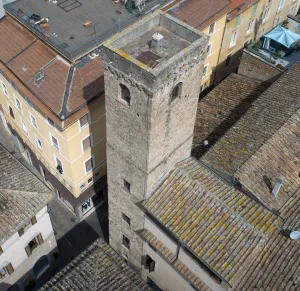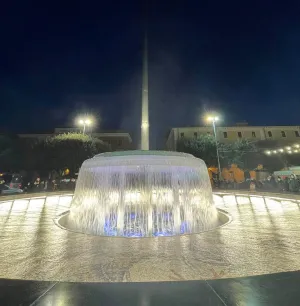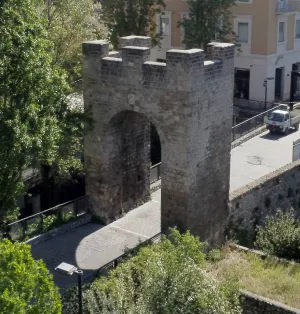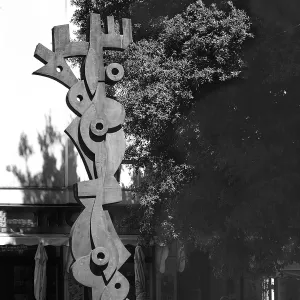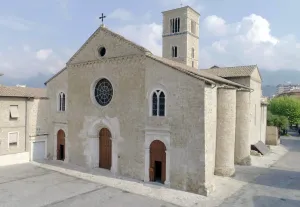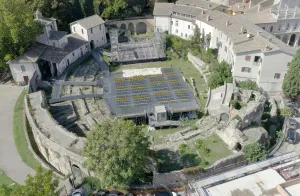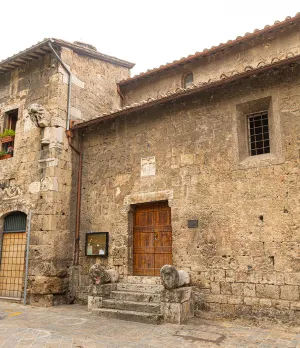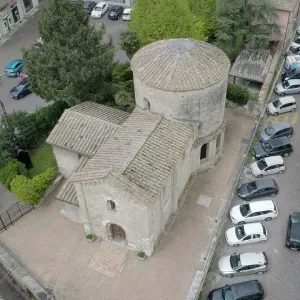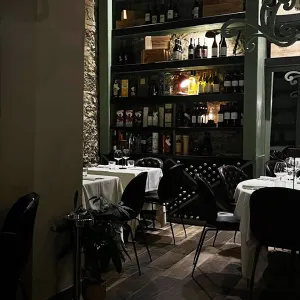Former Post Office Building
A baroque church with a large dome and a façade rich in friezes, capitals and columns, it was demolished in 1921. Its remains were transported to the public gardens of the Passeggiata where they were reused as bases for brick benches, corner columns and garden embellishments. It was replaced by the Post Office building, completed in 1936, in accordance with the authority’s wishes to be present on the main square of Italian cities.
Within the general idea of realising of a city with a modern look, the Post Office building was commissioned to Cesare Bazzani, who had already completed other projects in Terni.

The monumental arches at street level and classical forms were designed by Bazzani. The building was only partially built. The main façade does not appear to be the one facing the square but the one on the side on Via del Plebiscito. At the back, on today’s Piazza San Giovanni Decollato, an entrance door with a few steps recalls an apse, which is very similar to the basement of the Roman building which recently came to light and is still visible in the underground car park built on the site.
The construction of the Post Office Building was part of a plan for the complete redevelopment of the right side of the main city square, in accordance with the urban planning of 1919. Together with the post office, a sort of urban gallery was supposed to have been built but this part of the project was never implemented.
The façade on Piazza della Republica is, however, in some ways almost a preparation for the planned gallery, thanks to the large portico whose columns support the two upper floors, designed with large windows to lighten the view. The building was later enlarged with the rear apse as well as a superelevation.
The other side of the building, the one facing Via del Plebiscito and which is opposite another building designed by Bazzani, presents somewhat different traits, not possessing the "gaps" on the Piazza della Repubblica side, but "movement" is ensured by a slight progression of the central part, combined with the casual use of decorations and sculptures.
Inside, the Palazzo has the monumental style and classical traits typical of the work of Cesare Bazzani.
In 2009, the Italian Post Office which owned the historical building, put the building up for sale and it was purchased by a private individual.
